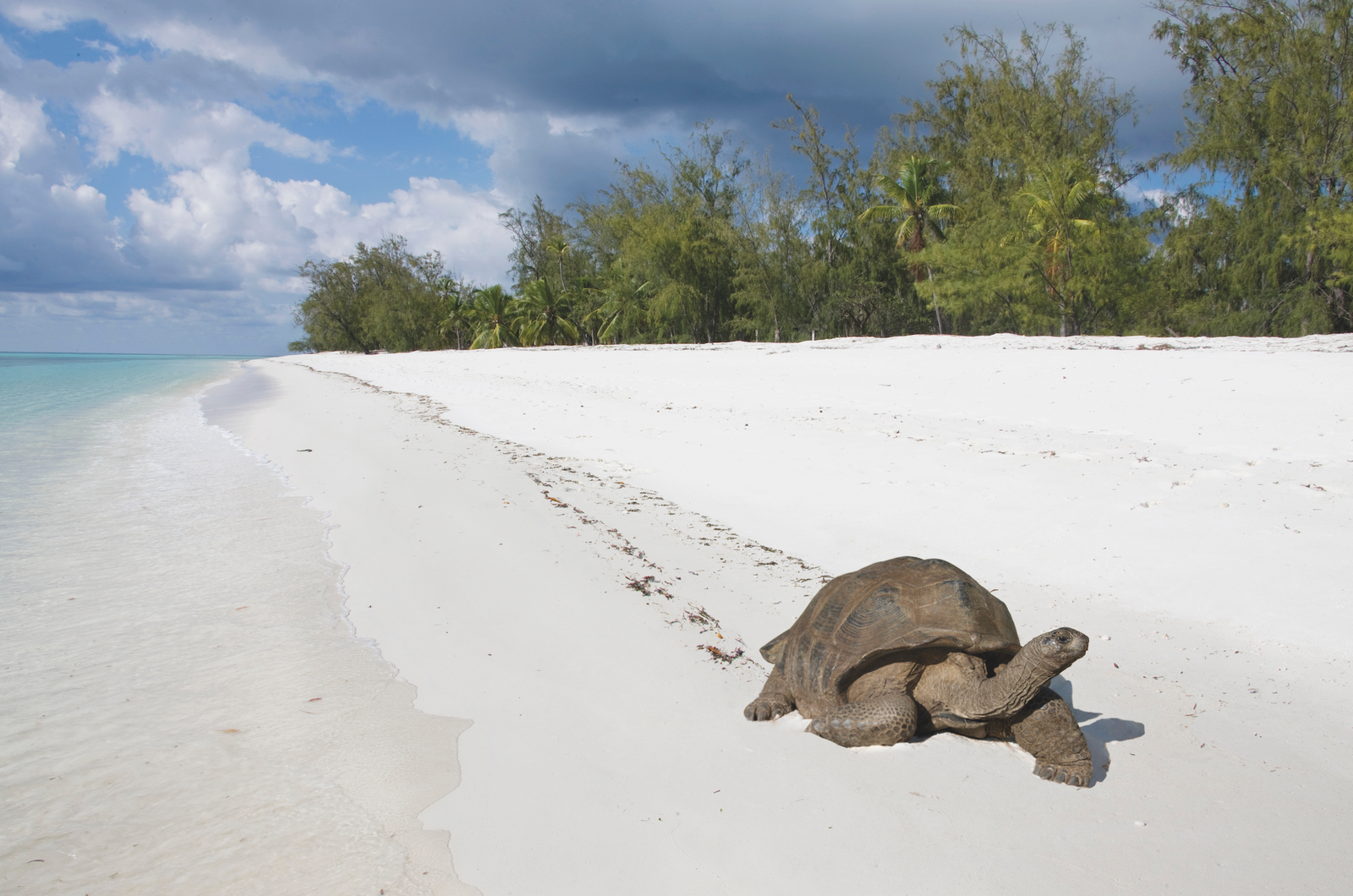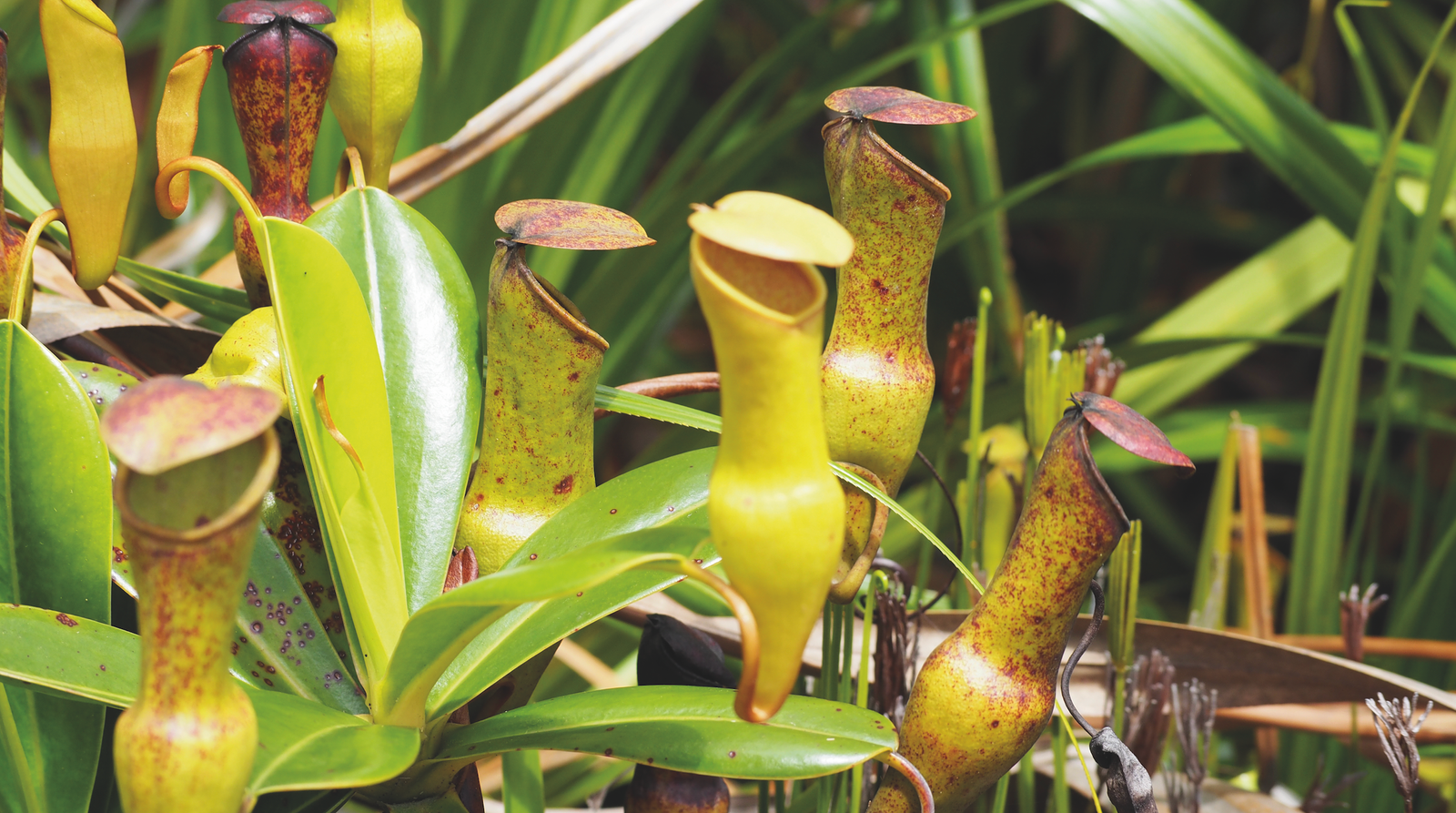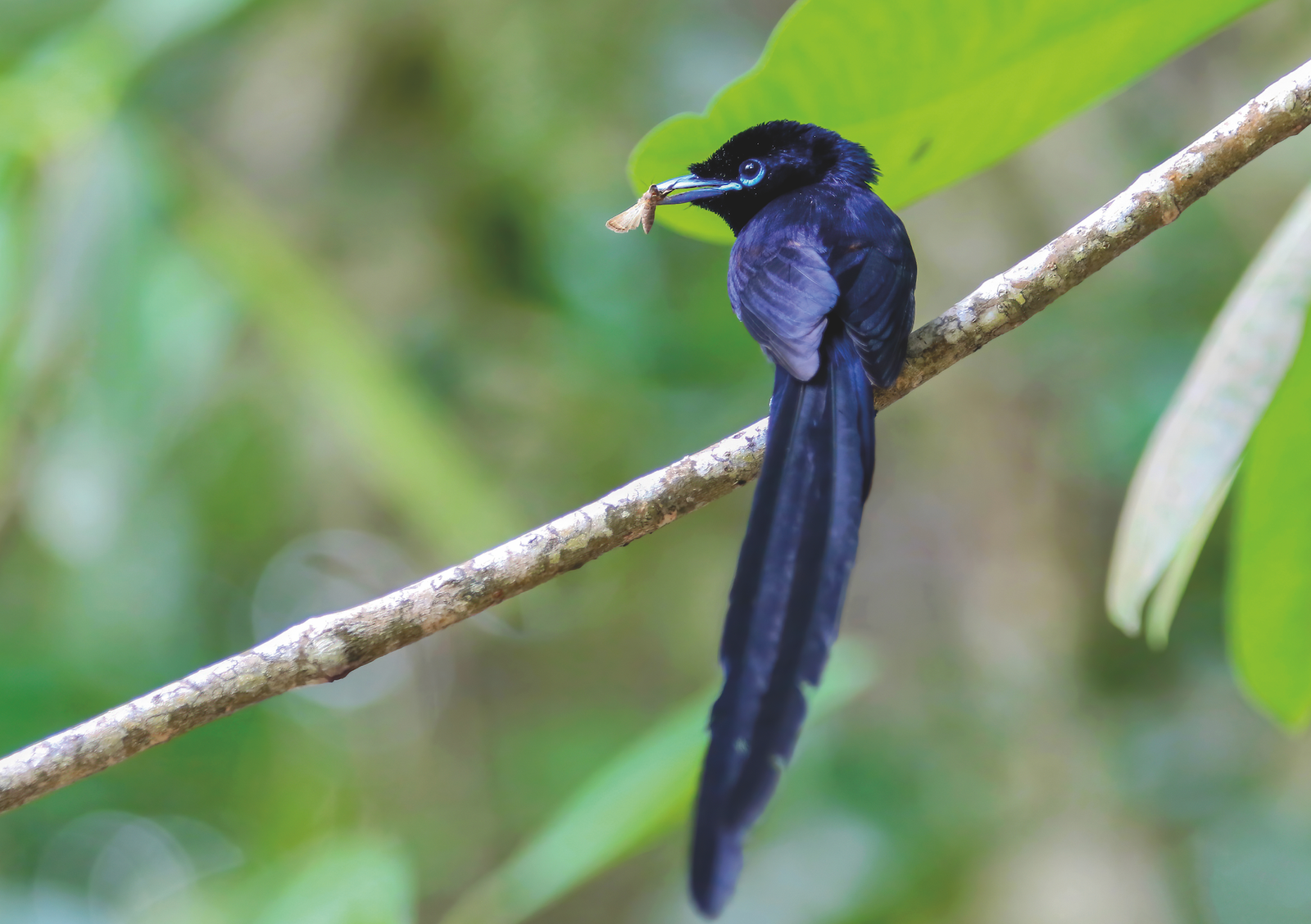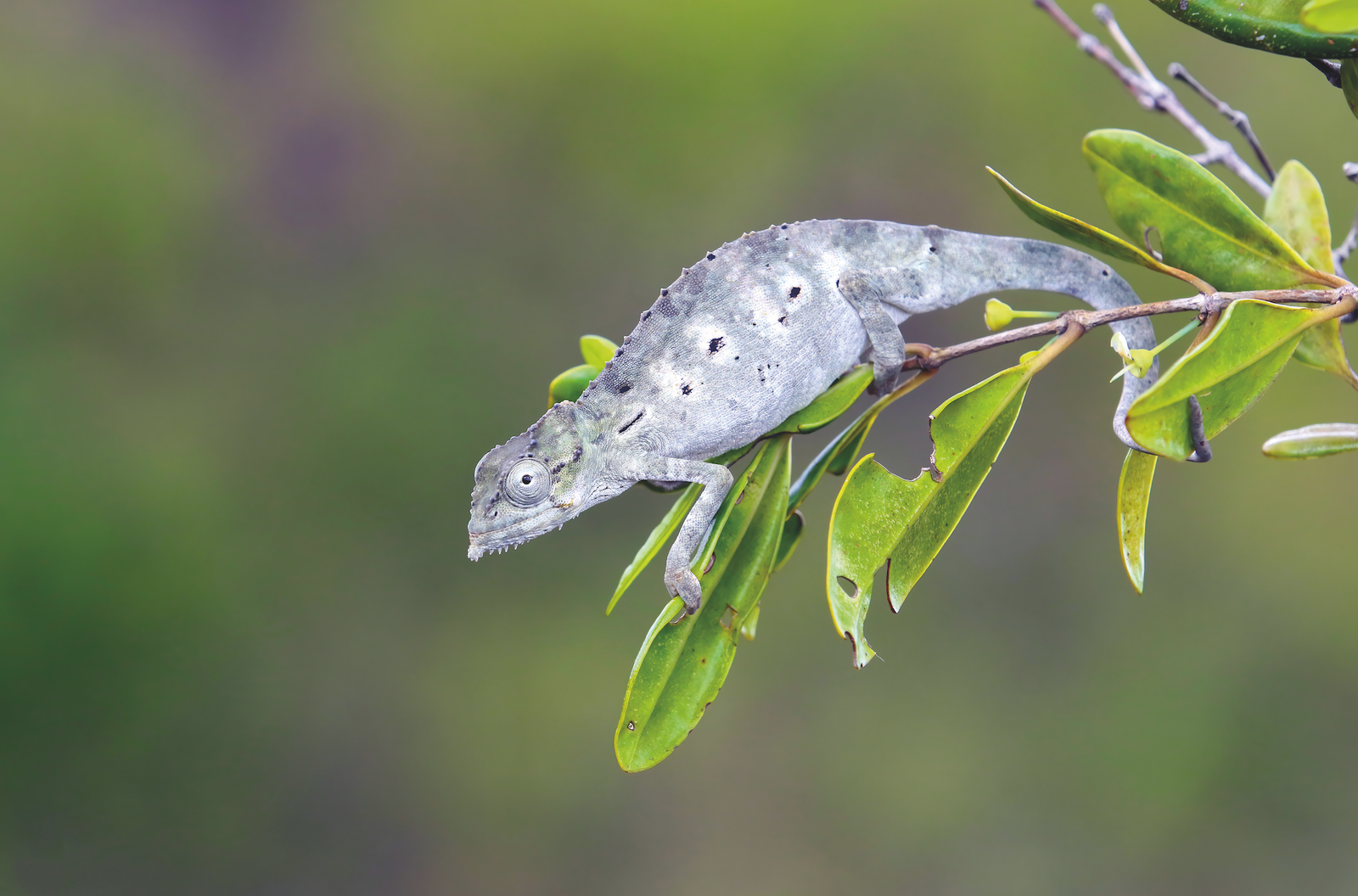Only on Seychelles
Synonymous with barefoot tropical bliss, Seychelles’ incredible biodiversity provides an opportunity to experience the planet just as nature intended

© SCOTT SPORLEDER
Seychelles has become iconic for its incredible white-sand beaches, kissed by the crystal-clear Indian Ocean. But as those lucky enough to have travelled there will know that it’s so much more than that: it has incredible culture, cuisine, it’s a place of adventure, and, above all, it’s home to some of the planet’s most precious biodiversity.
The 115 pristine and exotic islands are home to one of the world’s tiniest frogs, an array of super-rare birdlife, and the Coco de Mer – the legendary double-lobed coconut that is unique to Seychelles. And that’s just for starters. So much still remains since the landmass of Gondwanaland left behind a tiny underwater continent, the highest peaks of which we know today as Seychelles.
Today, the islands form a part of a Western Indian Ocean biodiversity hotspot. Seychelles boasts two UNESCO World Heritage sites. The first is on Praslin, an extraordinary prehistoric valley, the Vallée de Mai. Here you’ll find the ultimate symbol of Seychelles – an unusual coconut called the Coco-de-Mer. With tales told as tall as its endangered palm, the iconic Coco de Mer is the pride of the islands, and great lengths are being taken to protect it from nut poachers.
The second World Heritage site is magnificent Aldabra – the world’s largest raised coral atoll, which is home to some 150,000 Aldabra giant tortoises, and many other treasures besides.
Flying high with nature
With around 15 trails on Mahe, Praslin, La Digue and Silhouette to choose from, Seychelles has fast become home to some of the amazing nature walks in the Indian Ocean.
Whether you prefer an unhurried stroll or a vigorous hike up a steep mountain path with a local guide, there is a trail for you. From castaway beaches, to unspoiled national parks, all exhibit the richness and wealth of the islands’ exceptional biodiversity.

© NADINE SHAH
Zip-lining is another incredible way to see everything Seychelles has to offer. An exhilarating ride across pristine forest canopies with a verdant paradise within touching distance as the sparkling ocean invites your descent.
Among the amazing flora that covers the 41 granitic islands is the amazing jellyfish tree, of which only a handful remain. Then there is the carnivorous pitcher plant which lures in foraging insects before trapping and digesting them. The staggering diversity of Seychelles’ flora can be explored to the full on biodiversity heritage tour.
A rare experience
Seychelles is also a birdwatcher’s paradise. In fact, there are 13 species and 17 sub-species of bird that can only be found on certain Seychelles islands – and nowhere else on the planet.
The islands of Cousin and Aride are bird sanctuaries which can be visited on day trips. On the island of Praslin, the famous Seychelles black parrot can still be found flitting among the palms of the Vallée de Mai, while La Digue Island is host to another rare endemic Seychelles species, the paradise flycatcher.
Mahé’s forests provide sanctuary for yet another of the world’s rarest birds, the bare-legged scops owl, which was thought to have been extinct for more than a century, before being rediscovered in 1959.

© TOURISM SEYCHELLES
Aside from the rare species of tortoise dotted about the islands, other native reptiles include the freshwater terrapin, the Seychelles tiger chameleon as well as several species of skink and gecko. The only native mammals in Seychelles are bats: the Seychelles fruit bat and the sheath-tailed bat. Interesting insects include the endemic grasshopper of which there are five species, and the endemic Tenebrionid beetle, found on Frégate Island.
Seychelles is home to a family of four species of tiny tree frogs which can be found on the granitic islands only. The Gardiner’s Seychelles frog is the third smallest in the world at just 11mm, and hears without a middle ear cavity.
Life beneath the waves
The underwater world in Seychelles is bountiful, with the marine national parks of the Inner Islands offering a rare glimpse of sub-aquatic life as it should be. Here you’ll find the best spots for snorkelling – sea turtles and an astonishing abundance of fish can be seen even on shallow inshore reefs. Aride Island in particular offers a real treat for divers.

© TOURISM SEYCHELLES
Conservation on Seychelles isn’t just vital for the islands, it’s vital for the whole planet, and there are several bodies working to integrate sustainability practices which safeguard the biodiversity and culture of Seychelles. And thanks to its extreme isolation, Seychelles’ ecological integrity remains intact, providing the visitor with a chance to witness the planet just as nature intended.
Further information – seychelles.com
